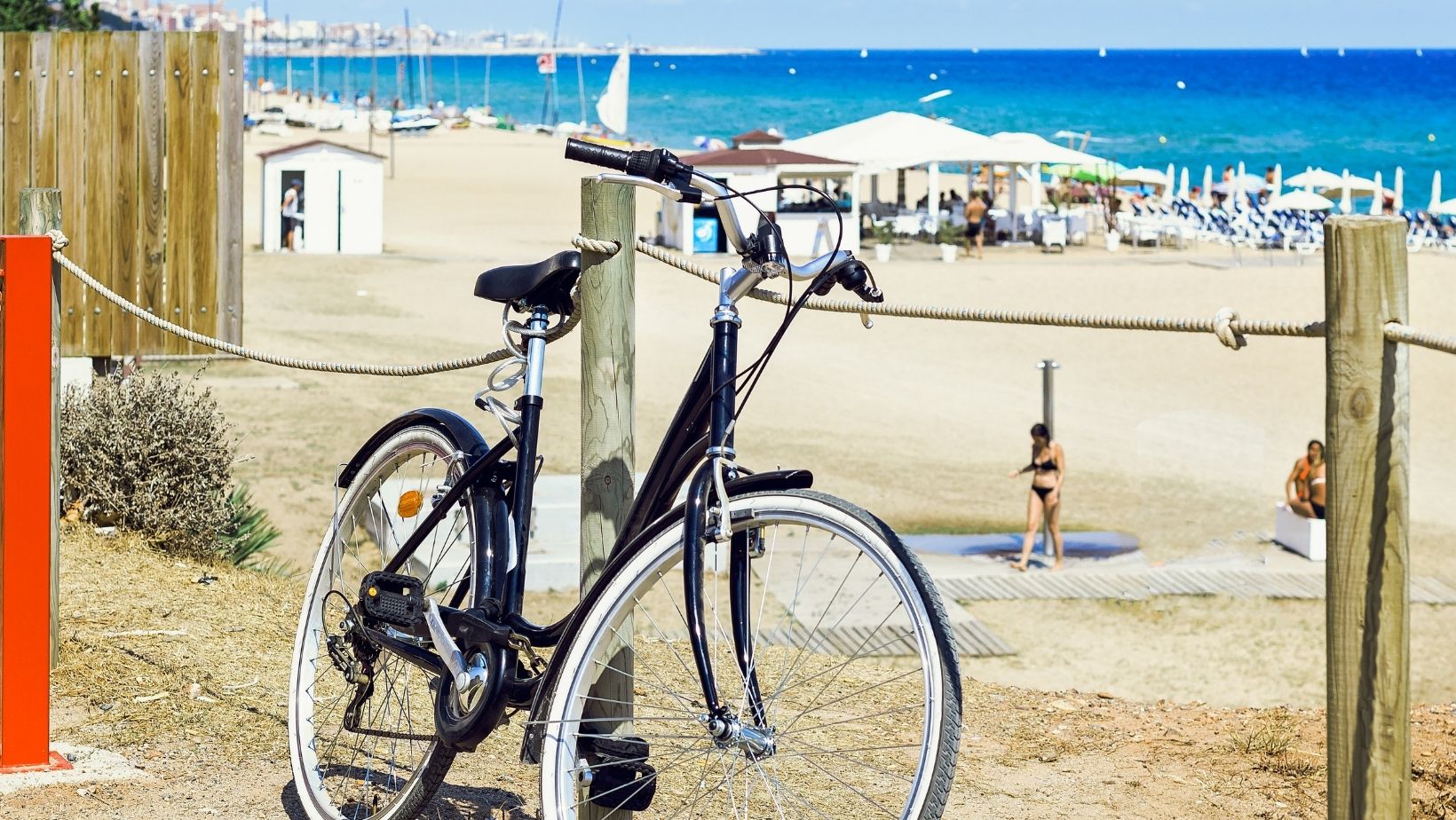Taking your bike on vacation offers freedom and flexibility that’s hard to match. You get to explore scenic trails, ride at your own pace, and stay active while enjoying new surroundings. But when you’re traveling with your bicycle, there are specific risks and responsibilities you need to keep in mind. From damage during transport to unfamiliar storage situations, it’s easy to overlook how quickly things can go wrong. That’s why knowing how to protect your bike while traveling is a smart step toward peace of mind.
Why Travel Puts Your Bike at Greater Risk
Vacation destinations often bring unfamiliar conditions. Hotel storage, public bike racks, and busy urban areas can expose your bike to theft or damage. When you’re in transit, rough handling by airlines or vehicle transport can leave you with bent wheels or worse.
Many travelers assume that a homeowner’s or renter’s policy will offer coverage for their bicycle while away. However, these policies usually have exclusions. They may cap payouts, exclude losses during travel, or limit protection outside of your home country.
That’s why many riders turn to dedicated bicycle insurance. Depending on your destination and how you plan to travel, it may be worth looking into the average cost of insuring a bike before your trip. This gives you a clearer picture of the investment needed to properly protect your bike.
Traveling increases the chance of unexpected incidents. Replacing or repairing your bicycle without insurance can cost far more than you might expect. Factoring bicycle insurance cost into your vacation planning can help you avoid these expenses altogether.
What Your Travel Insurance May Not Cover
Not all travel insurance policies include full coverage for bicycles. Some limit payouts on sports equipment. Others may require you to purchase separate add-ons to get any meaningful protection. And when coverage is offered, it might exclude transit damage or only apply under very specific conditions.
Before your trip, go over the fine print of any existing travel insurance you have. If your bike isn’t fully covered or if coverage stops at national borders, you may want to explore standalone bicycle insurance. Unlike homeowners or travel policies with riders, standalone coverage is usually designed for cyclists and offers more detailed protection, especially when traveling abroad.

Bicycle insurance cost is often based on your bike’s value, how it will be transported, and the kind of coverage you choose. That’s why comparing policy types is essential. The wrong coverage can leave you unprotected in critical moments, especially if your bike is stolen or damaged far from home.
Key Types of Coverage to Consider
When evaluating travel-specific bicycle insurance, consider what kinds of risks you’re likely to encounter. Theft, damage during transport, and liability are three of the most common issues you may face while riding in unfamiliar locations.
- Theft coverage: Not all policies cover theft in all settings. Make sure your plan protects your bike when locked up in hotel garages, on car racks, or stored temporarily.
- Damage coverage: This includes incidents during flights, rail transport, or while mounted on your car. Some insurers cover damages regardless of who’s at fault, which can be a lifesaver abroad.
- Liability coverage: If you collide with a pedestrian or cause property damage, you may be liable for repairs or legal costs. This becomes especially complicated in foreign countries where legal systems differ from what you’re used to.
- Medical coverage: Not every health plan or travel insurance policy includes protection for cycling injuries. Dedicated bicycle policies often provide this as a specific benefit.
Before buying any policy, always review what’s excluded. Some plans don’t cover competitive events, mountain biking, or off-road riding. Others may require certain safety equipment or approved locking methods to honor a claim.
Factors That Influence Your Premium
The cost of bicycle insurance depends on several variables. These typically include your bike’s value, where and how it’s stored, and how far you’re traveling. E-bikes often come with higher premiums due to the added cost of their batteries and electronics. Longer trips may also raise your premium, especially if you visit multiple countries or ride in high-risk areas.
Some providers offer flexible policies that let you add or remove coverage based on your trip’s length. This can help you save money if you only plan one or two vacations a year.
As you compare providers, look at the total bicycle insurance cost for short-term versus annual plans. If you’re a frequent traveler, an annual policy may provide better value and less hassle, especially if your bike is covered for every trip without needing extra paperwork.
Challenges of International Travel with a Bicycle
Crossing borders with your bicycle introduces more complications. Coverage that works in one country may not apply in another. Some insurers won’t cover you in specific countries unless you opt into international protection. Rules around liability and theft prevention can also vary depending on your destination.
For example, some places may require you to carry proof of insurance or meet local safety standards, such as using certified locks or secure indoor storage. Failing to comply with these requirements could avoid your policy.
Always check your provider’s travel rules, especially if your destination has a reputation for bicycle theft or strict liability laws. A bit of research before you go can help you meet all conditions and stay protected while abroad.
Pre-Trip Preparation for a Smooth Experience
Insurance providers usually require documentation before your policy is activated. This includes photos of your bike, receipts, serial numbers, and a record of its condition. Without these, it can be difficult to prove ownership or value if you need to file a claim.
Other requirements might include using specific lock types or demonstrating how your bike is secured when not in use. Taking the time to prepare these items before departure makes filing a claim easier if anything happens on your trip.

Give your bike a full checkup before you leave. Inspect the brakes, tires, gears, and frame for any signs of wear. Most policies won’t cover damages related to poor maintenance, so you need to be sure your bicycle is in good shape before hitting the road.
What to Do If Something Goes Wrong
If your bike is stolen or damaged, report the incident as soon as possible. Most insurers require a police report within 24 hours, and they may ask for supporting documents such as photos or receipts. Taking pictures of the scene and any visible damage will help strengthen your claim.
Some insurance companies allow you to submit documentation online or through email while still abroad. This can speed up processing and make it easier to move forward with your trip.
You may also be eligible for temporary replacement coverage, allowing you to rent a bike and keep cycling while your claim is reviewed. Repair coverage may include direct billing to local shops, which can help you avoid paying out of pocket while overseas.
Ready to Travel with Your Bike?
Traveling with your bicycle doesn’t have to be stressful. It does, however, require careful planning. While you can’t prevent every issue, taking steps to understand your coverage and preparing your documentation helps protect your investment.
Review your travel plans and think through the specific risks involved. Compare your insurance options, read the terms carefully, and make sure your policy aligns with how you plan to use your bike. This way, you can enjoy your vacation with greater peace of mind and fewer interruptions.


 By
By 




